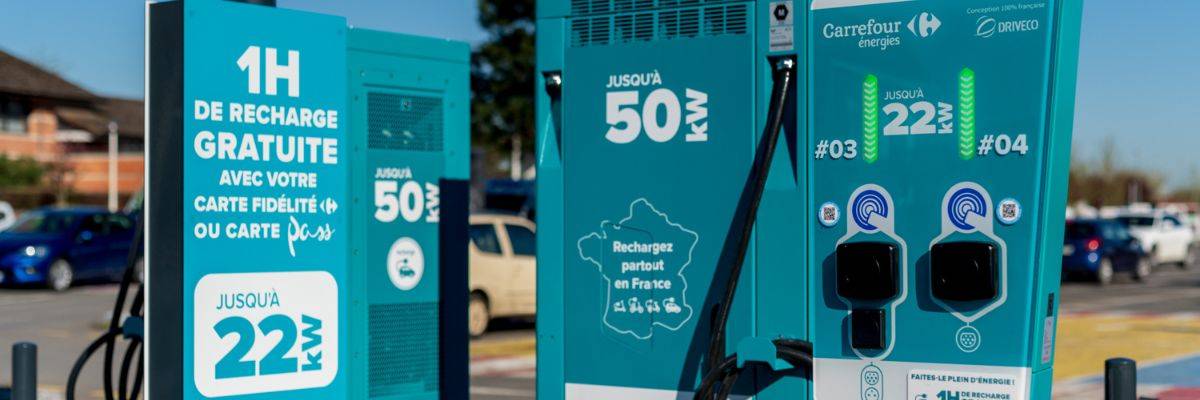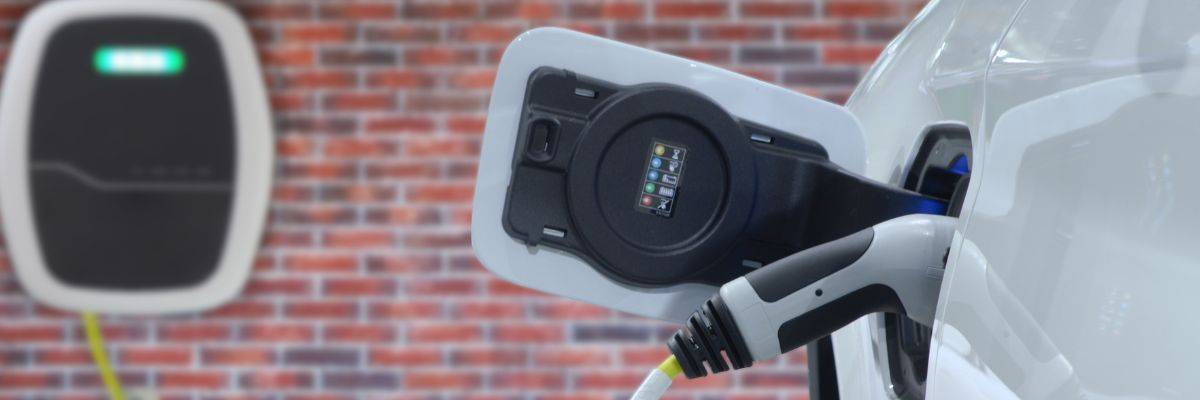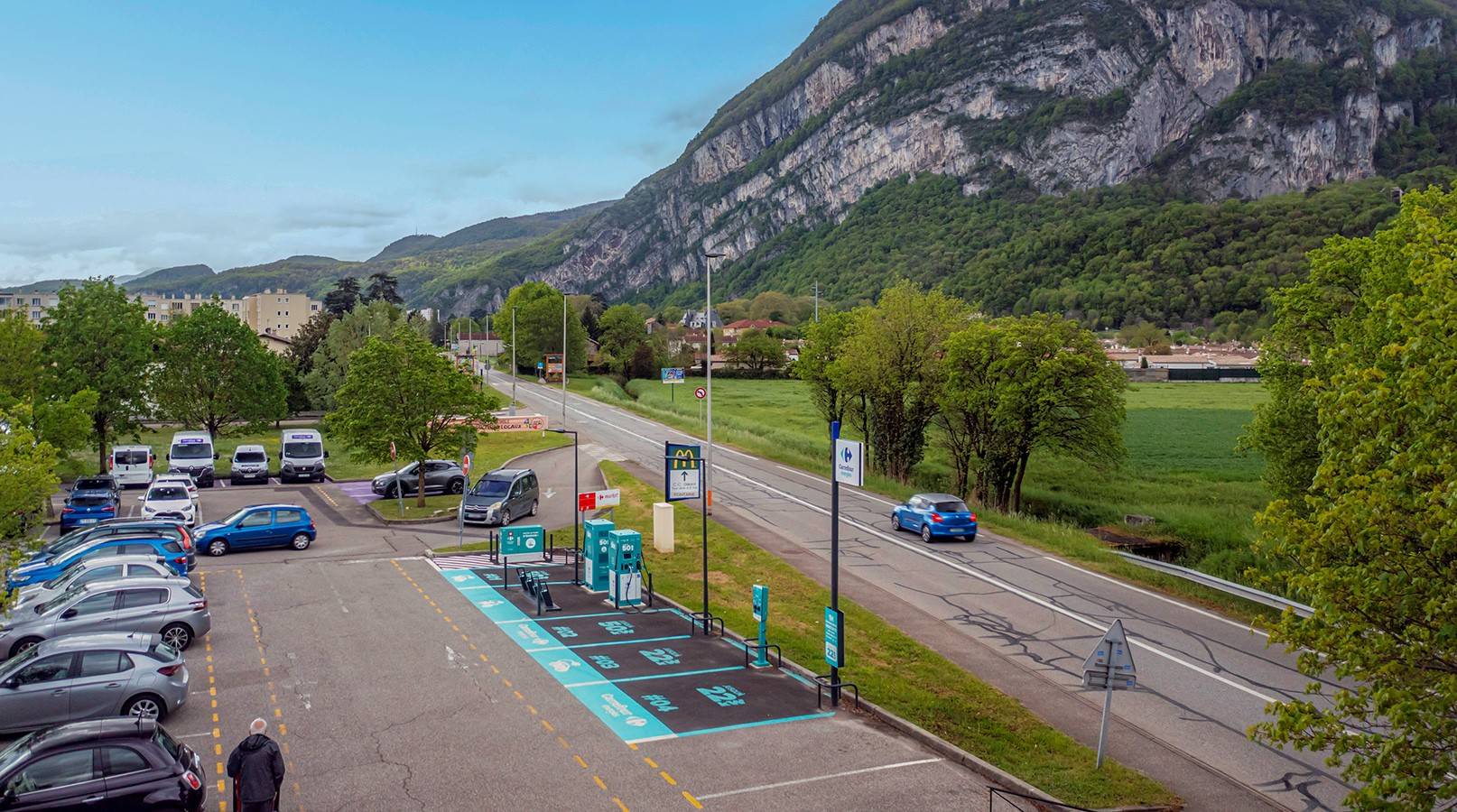In recent weeks, reports have called into question the progress made in electrifying road transport in Europe. But their conclusions are based on outdated data and a limited understanding of the sector. What needs to be known? What to keep in mind? We share with you the more nuanced analysis presented by ChargeUp Europe.
Charging power matters as much as the number of charging points

First, the simple number of charging points is not the only relevant indicator. Charging power matters just as much: an ultra-rapid 400 kW charger can serve many more vehicles per day than a slow 3.7 kW charger.
The silent revolution of private charging

Next, while the public debate often focuses on publicly accessible charging points, let’s not forget the important ongoing deployment in private business parking lots, residential buildings, hotels… This “submerged part of the iceberg” is progressing rapidly. In France, for example, it is estimated that more than one million charge points have been installed in private homes (home charging station or in multi-unit buildings) and that business parking lots already have nearly 710,000 private charge points1.
A deployment rate faster than electric vehicle acquisition

Far from stagnating, the pace of deployment of public and private infrastructure is accelerating year after year. Between 2022 and 2023, infrastructure’s growth reached 42% when electric vehicle sales’ growth was “only” 35%, according to the NGO Transport & Environment2. Using outdated data inevitably skews the analysis.
Changing perspective and rethinking charging logic

These findings invite us to think differently. Charging an electric vehicle is more akin to “recharging” a smartphone than a traditional gas fill-up. This charging process naturally takes place during stops at work, restaurants, cinemas… Once this logic is understood, the existing offering appears much more favourable than it seems.
For the future: challenges to overcome together
Of course, challenges remain, such as making electric mobility accessible to the greatest number or optimizing the charging experience for long journeys. But by basing the debates on a thorough understanding of the sector, we will be better able to meet these real challenges!
1 Source: Enedis
2 T&E, Public charging in Europe: where are we at?, April 2024




